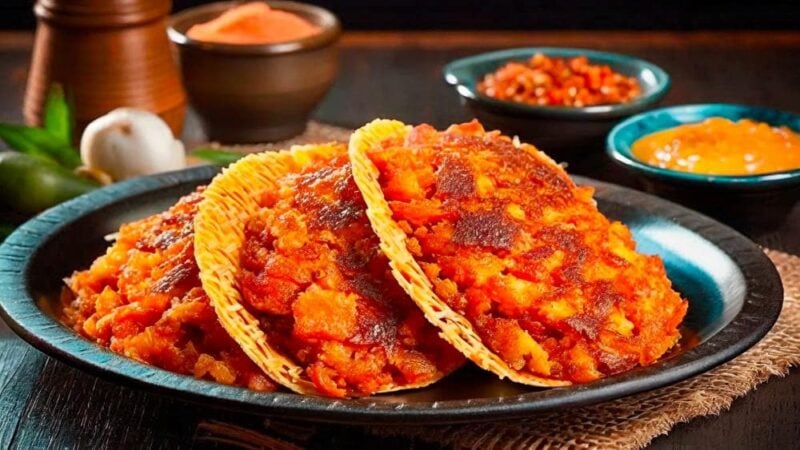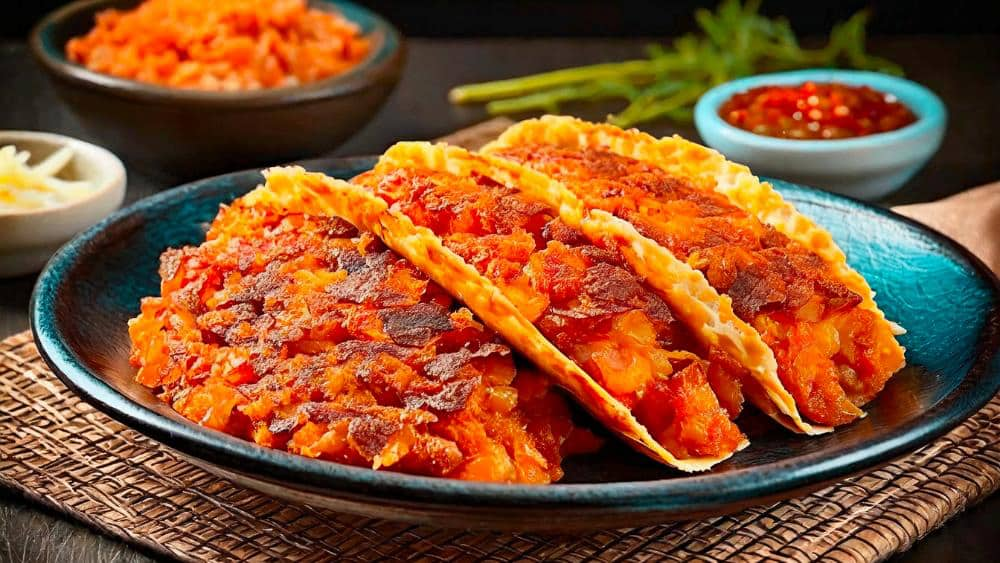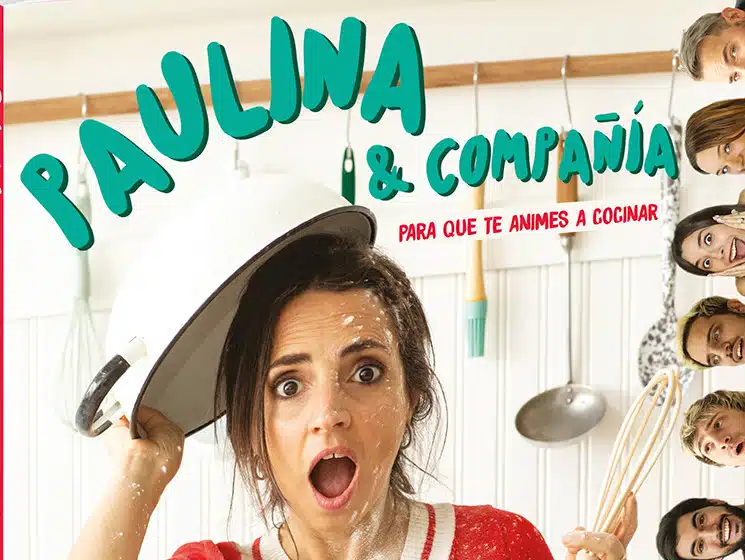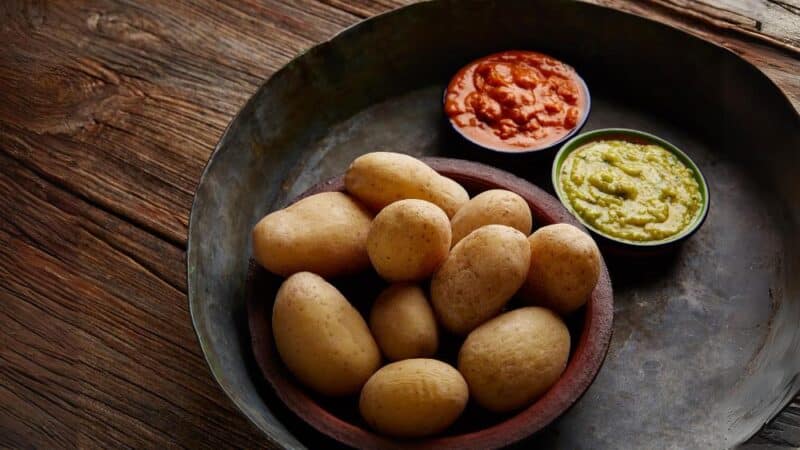Hello, dear friends of Paulina Cocina! This time, we're going to share a very popular recipe in Peruvian cuisine: Tacu Tacu . This dish originated as a way to use up leftovers and has become a classic with many variations and possible accompaniments.
Today we're going to tell you all about the origin and creation of this recipe , some of its variations, and 9 possible accompaniments to complete this dish that is so beloved in Peru and that we invite you to prepare at home.
We also brought you the recipe for tacu tacu de frejoles (beans), one of the most traditional versions of this dish, topped with a fried coating that gives it texture and flavor. A super simple, easy-to-make, and very affordable recipe.
Content table
About Tacu Tacu: Traditions and Flavors of Peru
Tacu tacu , with its roots in Afro-Peruvian heritage, is an emblematic dish of Peruvian cuisine , consisting of a mixture of rice and beans (frejoles), which is then integrated into a dough and fried like a Spanish potato omelet , on both sides.
This delicious dish is a versatile option on the Peruvian table , as unlike other creations, it stands out for its ability to adapt to a variety of ingredients and accompaniments. If you're here because you love Peruvian flavors like I do, then here's a compilation of recipes I made while eating Peruvian food 24 hours a day .
5 Characteristics of the Tacu Tacu
- Versatility of flavors and accompaniments : Peruvian tacu tacu is like a blank canvas that can be embellished with an endless variety of flavors. From fish and seafood to meats and vegetables, this recipe lends itself to creativity.
- Textures : The magic of tacu tacu lies in its contrasting textures. The outer layer is cooked to a perfect golden brown, while the interior retains a softness that melts in your mouth.
- Afro-Peruvian heritage in every bite : With roots in Afro-Peruvian culture, this recipe is a living testament to the historical richness that characterizes Peruvian food .
- Using leftovers: The simplicity of the ingredients—rice and beans—allows you to make this dish with leftovers from other recipes, allowing you to use those leftovers to make this delicious alternative.
- Traditional dish: Its recognizable presence on the Peruvian table makes it a symbol of unity and culinary tradition.
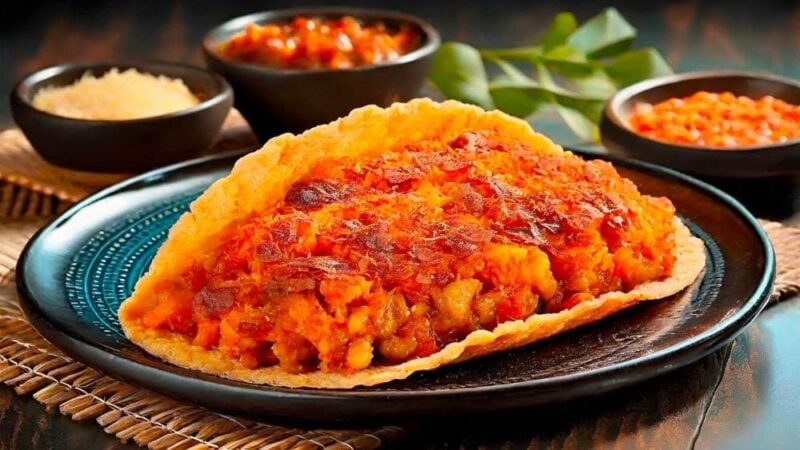
Origins of Tacu Tacu: A Journey Through Afro-Peruvian History in the Kitchen
This Peruvian dish has its roots in community kitchens during the colonial period. It emerged as an ingenious way to use leftover rice and beans to create a new delicacy.
Since then, tacu tacu has evolved, adapting to the tastes, available ingredients, and preferences of each region of the country. This recipe is a living testament to the cultural fusion that defines Peru. Each bite is a tribute to the culinary creativity, perseverance, and Afro-Peruvian identity that has left an indelible mark on the country's cuisine.
When was the Peruvian tacu tacu created?
It is estimated that tacu tacu became an emblematic dish during the colonial era , when thousands of Africans were brought as slaves to work on plantations and mines.
Despite the difficult conditions, the Afro-Peruvian community contributed significantly to Peruvian culture, particularly influencing its gastronomy and giving life to this unique recipe, which over the years has become a symbol of Peru's rich cultural diversity.
Creative Varieties of Tacu Tacu: Explore the Flavors of Peru
- Tacu tacu de bean: This is perhaps one of the most traditional dishes; it can be made with different varieties of legumes, such as canary beans, lima beans, lentils, or black beans.
- Seafood: This variation incorporates fresh seafood, such as shrimp, squid, and octopus. The mixture combines with the flavors of the sea, creating an explosion of freshness and texture.
- Cashew: This variation incorporates cashews, a nut typical of the region. The result is a dish with a unique flavor and crunchy texture.
- tacu tacu : A healthier option, in which part of the rice is replaced with quinoa, an Andean superfood that gives it a different flavor and texture.
- From charqui: Dried beef, known as jerky, is added to the dish to give it a smoky flavor and unique texture. It's a popular choice in some Andean regions of Peru.
- Passion fruit: An innovative version that adds passion fruit, providing a sweet and sour touch to the recipe. This variation is popular on the Peruvian coast, where passion fruit is abundant.
9 Perfect Side Dishes for Tacu Tacu: Ideas to Complete Your Dish
Peruvian tacu tacu is a versatile dish that lends itself to a variety of accompaniments. These can be both proteins and side dishes that enhance the flavors and the experience. Here are some traditional and creative options to accompany this classic recipe.
- With lomo saltado: In this case, tacu tacu is served as a base for lomo saltado, a mixture of beef, onions, tomatoes, and French fries.
- With dry lamb: In this variant, the recipe is served accompanied by dry lamb, a tasty stew full of spices.
- With ceviche: The freshness of ceviche contrasts perfectly with the crispy texture of this Peruvian tortilla.
- With grilled chicken : Seasoned with herbs, lemon and spices, it is an excellent side dish.
- With macho fish: Macho fish, bathed in a seafood and chili sauce, is a bold choice that highlights the flavors of the dish.
- With Creole sauce: A fresh sauce of onion, tomato, chili and lemon that provides acidity and a spicy touch.
- With fried eggs : A fried egg with the yolk still runny can be a simple but perfect side dish. Breaking the yolk creates a natural sauce that enhances the creaminess of the dish.
- With avocado: Avocado slices add creaminess and freshness to the tacu tacu.
- With fish cracklings: With its crispy and flavorful coating, fish cracklings add an extra dimension of flavor to the recipe.
Follow on Instagram ( here )
and on YouTube that I upload new recipes every week ( click here )
Tacu Tacu Recipe: Traditional recipe with beans
Portions: 4 portions
Preparation time: 45 minutes
Ingredients
- 2 cups of cooked white rice
- 1 cup cooked canary beans (black beans can also be used)
- 1 teaspoon minced garlic
- 1 red onion, chopped
- 1 teaspoon of cumin
- 3 tablespoons of yellow chili paste
- Salt and pepper to taste
- Frying vegetable oil
- Optional: wheat flour tortillas for serving
How to prepare tacu tacu step by step
- In a pan, sauté the onion and garlic until lightly browned, then add the yellow chili paste. Stir and set aside.
- In a large bowl, combine the cooked rice, cooked Canary Island beans, minced garlic, and cumin. Add the onion and garlic to the chili paste. Season with salt and pepper to taste and let the mixture rest for 15 minutes.
- Heat a large skillet over medium-high heat and add enough vegetable oil to cover the bottom.
- Divide the dough into four parts and shape each portion into an oval. You can also make it into a traditional tortilla shape.
- Cook in a pan with oil until golden brown and crispy on both sides. This should take approximately 4-5 minutes per side.
- Once the tacu tacu are cooked, remove them from the pan and place them on absorbent paper to remove excess oil. Serve on a plate or on flour tortillas.
